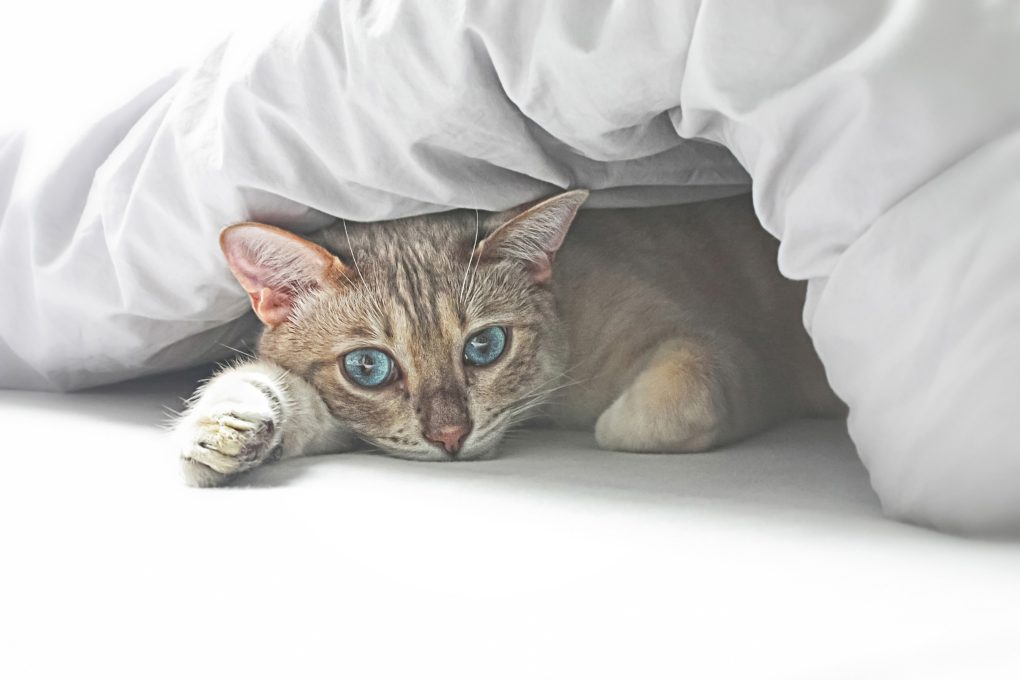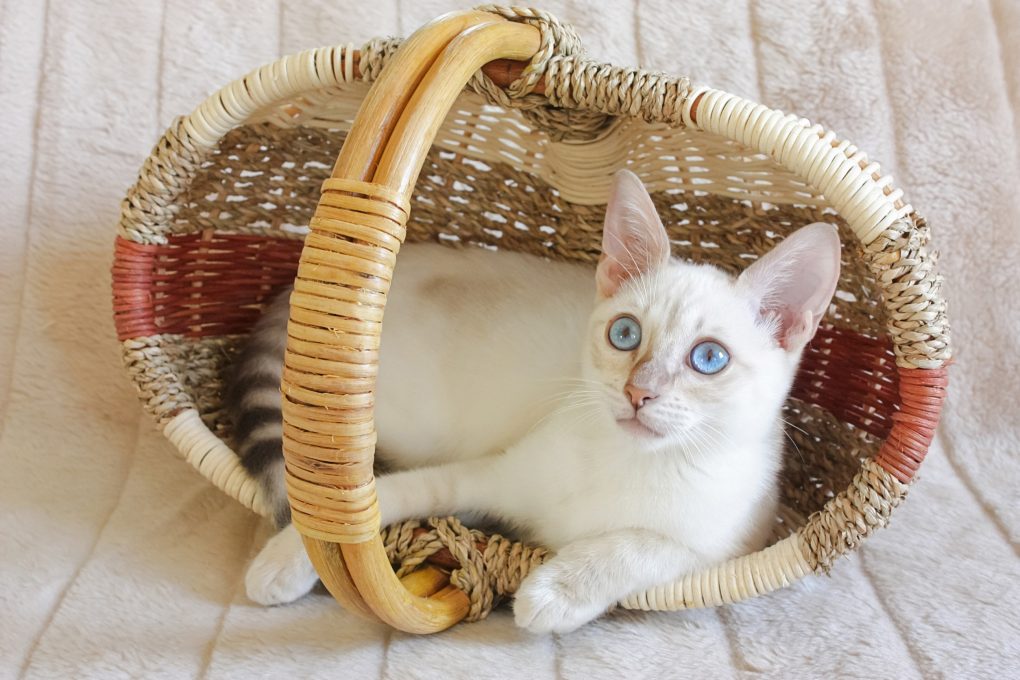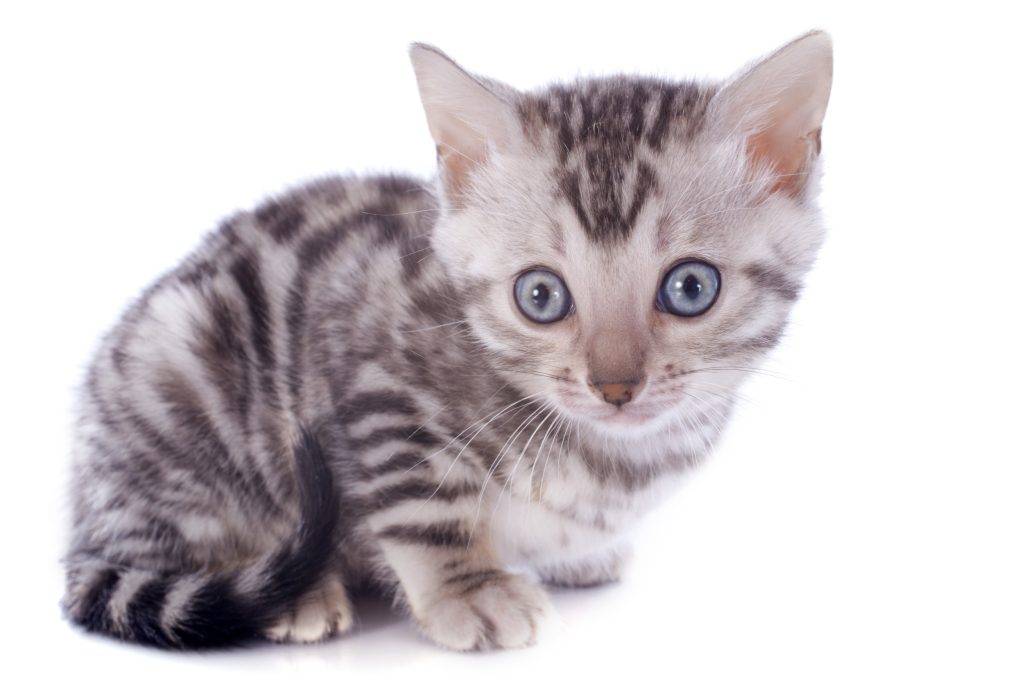Do Bengal Cats Have Blue Eyes: A Guide to Understanding Bengal Cat Eye Color
Yes, Bengal cats can have blue eyes, but it is not a common trait. For example, most Bengals have green, gold, or copper-colored eyes because the gene responsible for blue eyes is less prevalent in Bengal cats than in other cat breeds such as Siamese or Russian Blue.
Determining if a Bengal cat has blue eyes can indicate whether it has a Bengal Cat mix in its lineage. Bengal cats can also have eyes with multiple colors (heterochromia), where one eye can be blue, and the other can be green, gold, or copper. It’s also worth noting that kittens are born with blue eyes; as they grow, their eyes will change color to their final shade.


Table of Contents
The Rarity of Blue-Eyed Bengal Cats
Blue-eyed Bengal cats are relatively rare. Blue eyes in Bengal cats are a genetic trait not present in all Bengal cats and can only happen when both parents carry the gene for blue eyes.
Blue eyes are often the result of a recessive gene, making it possible for a cat to have blue eyes even if it doesn’t inherit the gene from its parents. As a result, breeding for blue eyes is still a work in progress among Bengal breeders. Some Bengals may have blue eyes, but this is not necessarily the result of breeding for that trait.
The rarity of blue-eyed Bengals can vary depending on the specific breeding program and the genetic pool available. For example, some breeding programs may have a higher frequency of blue eyes due to the specific cats used for breeding, while others may have a lower frequency.
Characteristics of Blue-Eyed Bengal Cats
The average blue-eyed Bengal cat grows to be between 8 and 15 pounds. Eye color is not a reliable indicator of the cat’s personality or markings. However, this breed is known for its gentle and loving nature and playful and friendly demeanor.
Bengal cats are known for their distinctive, wild-looking coat patterns. They have a short, dense coat that may be a variety of colors, including brown, gray, or orange, and are also known for their large, expressive eyes and distinctive “mascara” markings around their eyes.
This breed can be quite affectionate with their owners but sometimes be independent. In addition to being loving companions, Bengal cats are brilliant and easy to train and make great pets for those with the time and patience required to develop a strong bond with them.
Bengal Cat Eye Color Changes Over Time


If you’ve ever owned a Bengal cat, then you’ve probably noticed how striking their blue eyes are upon birth. As Bengal cats age, their eyes can change from light blue to a darker blue. The eye color will change to its final shade over the first several months of life. The final eye color can be green, gold, or copper.
The variation of eye colors results from the Bengal cat’s gene pool and environmental factors such as exposure to sunlight. In some cases, eye color can continue to change and evolve over the cat’s lifetime.
Some Bengal cats may experience slight variations in eye color due to changes in lighting or other environmental factors. Additionally, some cats may develop a condition called heterochromia, where one eye is a different color than the other.
Other Bengal Cat Eye Colours
Bengal cats can have different eye colors. The most common eye colors for Bengal cats are green, gold, and copper. Some Bengal cats may also have eyes that mix these colors, known as “gold-green” or “copper-green.
- Green: Bengal cats have large, bright eyes often tinged with green or hazel. Male Kittens often develop green eyes as they age, but it may not be present in all individuals. The green color in Bengal cats’ eyes is due to the absence or low levels of a pigment called melanin, which reflects light in a way that makes the eyes appear green.
- Gold: Bengals have more gold in their eyes than other cat breeds. The amount of gold in a Bengal cat’s eye can vary depending on the cat’s age, sex, and coat color. This pigment reflects light in a way that makes the eyes appear gold. The color of a Bengal cat’s eyes can change over time and appear differently in different lighting; some may have eyes that mix gold and other colors.
- Yellow: Bengal cats can have yellow eyes like other domestic cat breeds. The gene for yellow eyes is dominant and is passed on to offspring. However, It is important to note that if your Bengal cat’s eyes appear yellow, it could be a sign of an underlying health issue, and it’s essential to consult with a veterinarian for a proper diagnosis.
How to Help Your Cat’s Eyes Develop Properly


Provide a balanced and nutritious diet to help ensure that your Bengal cat’s eyes develop healthily. A healthy diet with all essential nutrients and vitamins can help keep your cat’s eyes healthy. Ensure your cat has a diet of high-quality protein, healthy fats, and antioxidants.
Keep their environment clean and avoid exposing your cat to smoke, chemicals, or dust. Regularly cleaning your cat’s living space, including their bedding and litter, can help prevent the buildup of dirt and debris from irritating your cat’s eyes.
Provide your cat with adequate lighting. Ensure your cat has access to plenty of natural or artificial light that mimics natural light. This can help prevent eye strain and other eye problems.
Be aware of any changes in your cat’s eye color, size, shape, or any discharge or squinting, and consult with a veterinarian if you notice any abnormalities. Regular vet check-ups can help detect any potential eye problems early on. Your vet can recommend necessary tests or treatments to keep your cat’s eyes healthy.
